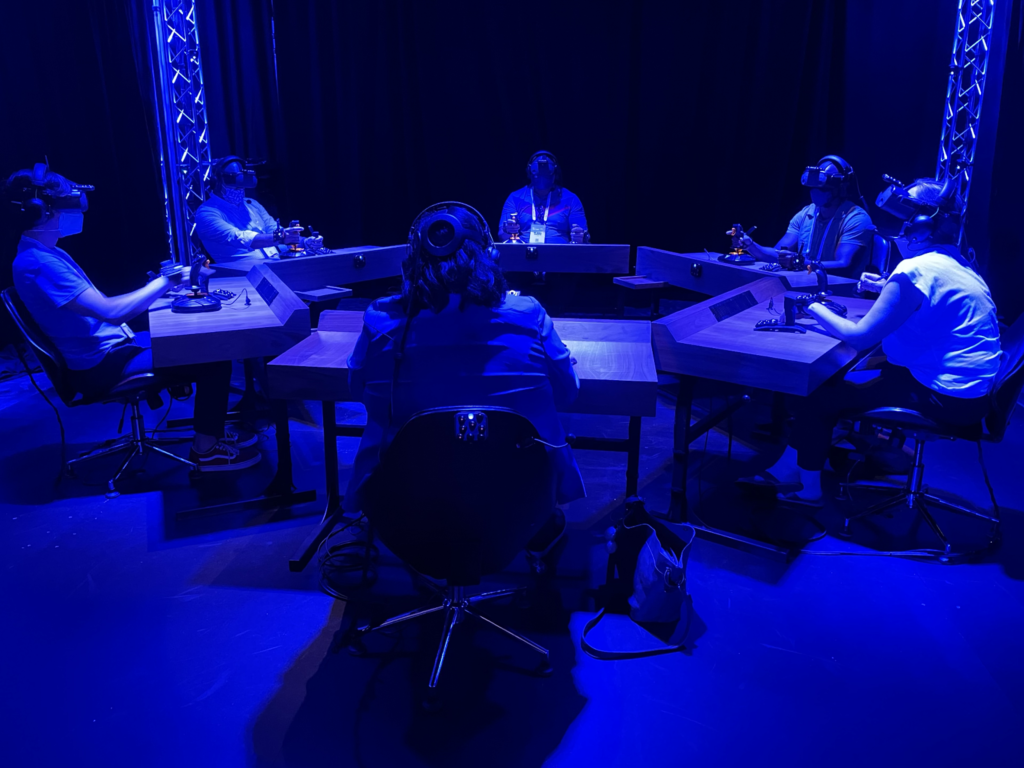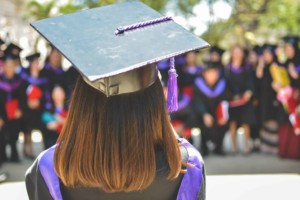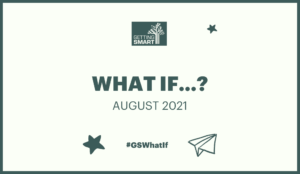Complexity: Fall 2021 Edition
Key Points
-
It’s a confusing, complicated, often frustrating time to be a learning leader. But it’s also a formative, potentially generative period.
-
There’s a chance to show what accountability 2.0 looks like in practice–next-gen learning environments with a dashboard of broader aims reported to learners and community in stories as well as statistics.

Covid made this the hardest year yet for some families and educators. We’re sort of back to school and work but with preventive measures based more on politics than science. Teachers and leaders are stressed. Parents are often scrambling for temporary childcare. School board meetings are being overrun by tribes of angry parents (social media made us misguided and mean).
In the midst of the craziness, some well-prepared districts and networks have continued to serve and innovate. Cajon Valley USD embraced the community, reopened schools early and launched the biggest summer program ever. North Kansas City Schools implemented high school career academies last year guaranteeing valuable high school experiences for every learner.
Climate is changing and fast. The planet is getting hotter and weather is getting more unpredictable. The climate crisis broke through to mainstream media but the global climate change conference going on this week will yield more rhetoric than commitments.
The frustrating shortages of gas and oil this fall are boosting drilling and coal mining when it’s clear we should be shutting down, not expanding carbon extraction. Higher prices in carbon fuels and delays in scaling renewables makes it even less likely that we’ll get the tax on carbon needed to shift consumption. Given Baby Boomer abdication, young people will need to lead on climate mitigation efforts while scrambling on adaptation (to sea level rise, hotter temperatures, chaotic weather and water shortages).
Schools in the Green Schools National Network are productively engaged in the climate conversation with a shared commitment to a healthy, equitable, sustainable future. It’s time for every school community to consider how and where they introduce young people to the climate crisis and enroll them in developing solutions.
It’s a confusing, complicated, often frustrating time to be a learning leader. But it’s also a formative, potentially generative period.
Tom Vander Ark
Content and communication are increasingly synthetic, developed, aided, or surfaced by machine learning. It’s getting harder to know what content to trust. Machine learning is rapidly automating anything that can be reduced to a rule set. The good news (as this decade plays out) is fewer jobs full of drudgery. The bad news is fewer jobs that don’t require a high level of skill for working on hard problems in diverse teams utilizing smart tools.
The triple ratchet of climate, covid, and AI-driven automation is driving a dangerous wedge of inequity. The stock market continues to hit record highs while women and people of color continue to be marginalized in a winner takes all economy. This doesn’t end well.
China killed tutoring and edtech innovation and closed off access to the last remaining professional network. The 1.4 million Chinese now live on an isolated and censored version of the web. The U.S. trade war with China has metastasized into a cold war with the invasion of Taiwan appearing more likely.
Civil war in Ethiopia, a coup in Sudan, and unrest in Nigeria and South Africa make the recovery on the African continent an uneasy mixed bag. Like Americans, many Africans are wondering if e pluribus unum is possible. Violence and unrest is hampering Covid vaccination rates (~5%) increasing the likelihood of variants and decreasing the ability to make progress on green development–this stuff is all related.
New Mutuality
For the first time, human beings are experiencing global mutuality–we’re all in this together. Climate, communications, disease and big chunks of the economy are all global phenomena with growing connections as every sector experiences complexification. Our mental models of how the world works are feeble and quickly outdated.
It’s a confusing, complicated, often frustrating time to be a learning leader. But it’s also a formative, potentially generative period. This unsettled period is a window of opportunity to codify new agreements about student learning goals embracing success skills and whole child development, a chance to pivot from a focus on catching up to contribution, to inviting young people to do work that matters to them and their community.
This time practice will drive policy–the success of new learning models will shape state and federal law rather than the tail wagging the dog. There’s a chance to show what accountability 2.0 looks like in practice–next-gen learning environments with a dashboard of broader aims reported to learners and community in stories as well as statistics. There’s enough money in the system to innovate and enough room to decide what’s next in learning–and that it is going to be different, better, and more equitable.





0 Comments
Leave a Comment
Your email address will not be published. All fields are required.